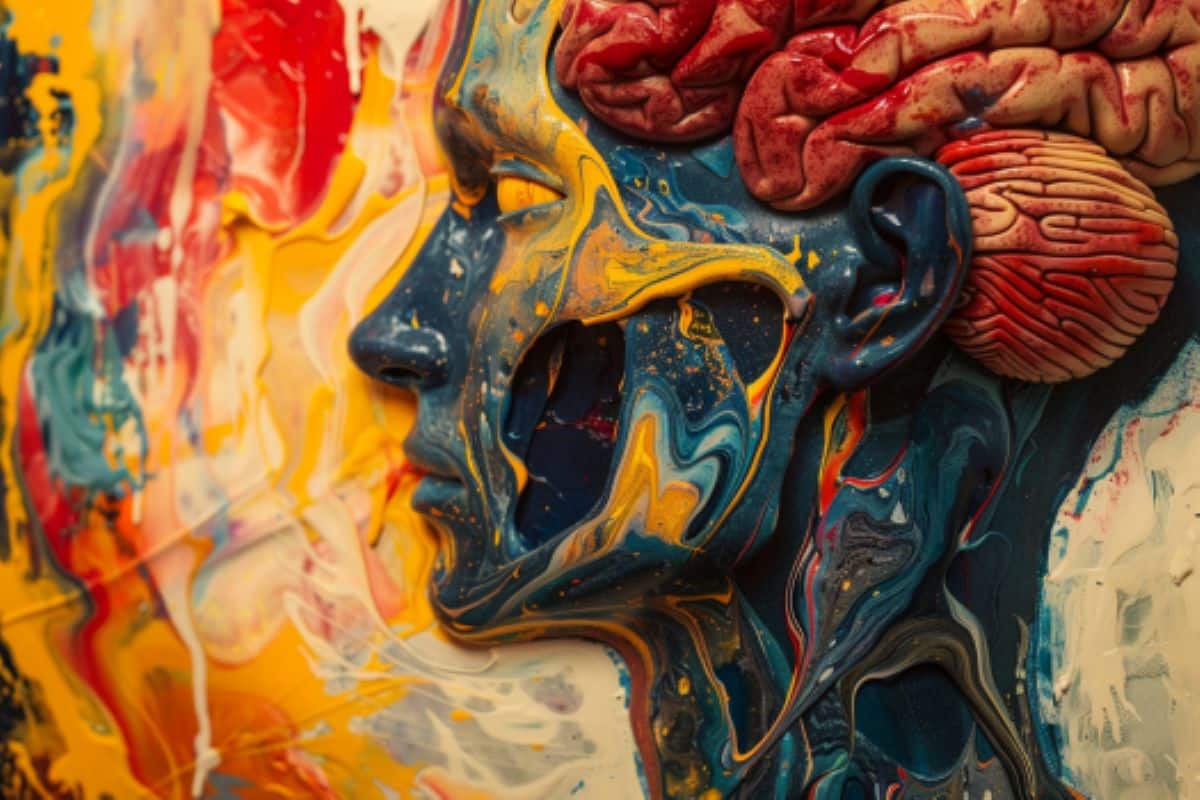Summary: Researchers discovered that the brain processes pain and pleasure through overlapping regions. By analyzing sustained pain from capsaicin and pleasure from chocolate, they identified distinct brain activity patterns linked to both experiences.
These findings enhance our understanding of the brain’s mechanisms for emotional responses. The study could have implications for treating chronic pain and depression.
Key Facts:
- The brain uses overlapping regions to process both pain and pleasure.
- Machine learning identified specific patterns of brain activity for emotional intensity and valence.
- Findings may help improve treatments for chronic pain and depression.
Source: Institute for Basic Science
A team of researchers led by LEE Soo Ahn and WOO Choong-Wan at the Center for Neuroscience Imaging Research (CNIR) within the Institute for Basic Science (IBS), in collaboration with CHOI Myunghwan at Seoul National University and Tor D. WAGER at Dartmouth College, has revealed how the brain processes emotional information of sustained pain and pleasure.
Using functional Magnetic Resonance Imaging (fMRI), the team recorded brain activity while participants experienced sustained pain and pleasure induced by capsaicin and chocolate fluids. Through sophisticated machine learning techniques, they unraveled the brain activity patterns that encode pleasant or unpleasant emotions and the magnitude of sustained pain and pleasure.
Although pain and pleasure are opposite experiences, they are intricately connected. Previous studies have suggested a set of brain regions that respond to both pain and pleasure.
However, most previous studies have been conducted on animals rather than humans, and studies that directly compared the brain representations of pain and pleasure within the same individuals are still lacking.
In this study, the research team conducted an experiment that induced sustained pain and pleasure to participants in the MR scanner, by delivering capsaicin and chocolate fluids. While experiencing sustained pain and pleasure, participants reported moment-by-moment changes in subjective pleasantness and unpleasantness.
The participants’ subjective reports of pleasantness and unpleasantness gradually increased and persisted during the capsaicin and chocolate fluids deliveries and decreased after the deliveries ended. By inducing dynamic changes in sustained pain and pleasure, the team aimed to identify the brain regions activated by both experiences.
The research team collected the brain imaging data and moment-by-moment changes in pleasantness or unpleasantness ratings from 58 participants. The team utilized machine learning techniques to analyze the brain data, and they identified a set of brain regions that responded to both sustained pain and pleasure.
Based on the brain activity patterns of these common brain regions, the team developed two predictive models to capture (1) the magnitude of affective experiences regardless of how pleasant or unpleasant they are (i.e., ‘affective intensity’) and (2) the magnitude of pleasantness or unpleasantness (i.e., ‘affective valence’).
The researchers found that these models successfully predicted the affective intensity and valence information of sustained pleasure and pain, from both the 58 individuals in the training dataset and 61 new individuals in the independent test dataset.
The activity patterns predictive of the affective intensity and valence were spatially distinguishable, and these patterns were connected to distinct functional brain networks.
This suggests that the affective intensity and valence information represent multiple aspects of brain mechanisms underlying pain-pleasure interaction.
“While there have been separate lines of studies on pain and pleasure, research comparing the experiences of both pain and pleasure within the same individuals has been rarely conducted,” stated Dr. WOO Choong-Wan, associate director of IBS, who led the study.
“The brain activity patterns for affective valence and intensity can contribute to the understanding of how pain and pleasure interact, as well as the brain mechanisms underlying depression commonly observed in chronic pain patients.”
LEE Soo Ahn, a doctoral candidate and the first author of this study, emphasized, “These results demonstrate that pain and pleasure share the same underlying emotional information on pleasantness and unpleasantness,” adding, “We should focus on the fact that affective valence and intensity information can be represented across multiple brain regions.”
About this pleasure, pain, and neuroscience research news
Author: William Suh
Source: Institute for Basic Science
Contact: William Suh – Institute for Basic Science
Image: The image is credited to Neuroscience News
Original Research: Closed access.
“Brain representations of affective valence and intensity in sustained pleasure and pain” by LEE Soo Ahn et al. PNAS
Abstract
Brain representations of affective valence and intensity in sustained pleasure and pain
Pleasure and pain are two fundamental, intertwined aspects of human emotions. Pleasurable sensations can reduce subjective feelings of pain and vice versa, and we often perceive the termination of pain as pleasant and the absence of pleasure as unpleasant.
This implies the existence of brain systems that integrate them into modality-general representations of affective experiences.
Here, we examined representations of affective valence and intensity in an functional MRI (fMRI) study (n = 58) of sustained pleasure and pain.
We found that the distinct subpopulations of voxels within the ventromedial and lateral prefrontal cortices, the orbitofrontal cortex, the anterior insula, and the amygdala were involved in decoding affective valence versus intensity. Affective valence and intensity predictive models showed significant decoding performance in an independent test dataset (n = 62).
These models were differentially connected to distinct large-scale brain networks—the intensity model to the ventral attention network and the valence model to the limbic and default mode networks.
Overall, this study identified the brain representations of affective valence and intensity across pleasure and pain, promoting a systems-level understanding of human affective experiences.







